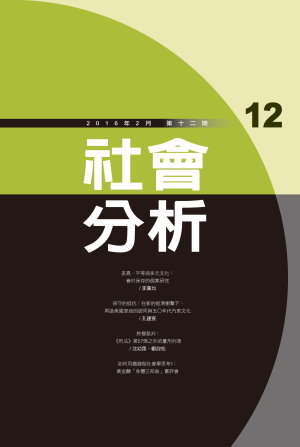Hot News

- 出版單位:東吳大學社會系;輔仁大學社會系;世新大學社會心理學系
| 中文篇名 |
終極裁判:《刑法》第57條之外的量刑判準 免費試閱 | |
|---|---|---|
| 英文篇名 |
To Live or Let Die: An Exploration of Homicide Sentencing in Taiwan | |
| 作者 | ||
| 中文摘要 |
以2004~2014年間最高法院判刑定讞,犯《刑法》中唯處死刑或無期徒刑的殺人致死犯行之「終極判決」為樣本,本研究試圖以犯罪者與受害者的個人人口特性、關係親疏、犯行特性、辯護資源、判刑時點等非法定,但實證上可能影響量刑之案例特質,勾勒出台灣司法裁決的社會圖像。研究結果顯示除一般「法內」因素外,加害弱勢、在都會區犯案者被判死刑的機率較高。而司法判決「社會性」的凸顯,亦指向強化法官的「社會經驗」未必是正確的司法改革途徑。 | |
| 英文摘要 |
Based on 104 most serious homicide cases between 2004 to 2014, this paper explores what extra-legal factors affect judges’ sentencing decision in Taiwan. Our findings indicate, beside crime characteristics and defendant behavior before and after the criminal act, that other factors such as locality of the criminal act, victims’ gender and age, all have significant effect on sentencing outcome. While multiple victims remains one deciding factor on sentencing, homicides committed in urban area, to female, and to victims under age of 18 or over age of 70 are more likely to receive death penalty as compared to life sentence. | |
| 關鍵詞 |
死刑、無期徒刑、量刑、關注焦點論、death penalty、life sentence、sentencing decision、focal concerns theory | |
| 刊名 | ||
| 期數 | ||
| 起訖頁 |
113-143 | |
| 出版單位 |
東吳大學社會系;輔仁大學社會系;世新大學社會心理學系 | |
| DOI | ||
| QRCode |
| |
| 上一篇 | ||
| 下一篇 |


